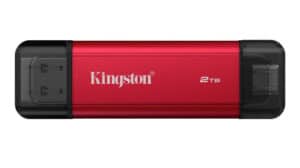In today’s world, a reliable internet connection is essential for work, entertainment, and staying connected. Here’s a comprehensive guide to checking your internet speeds and ensuring you get what you pay for.
Understanding Your Internet Plan
First, understand your internet plan. Your ISP provides a “broadband nutrition label” detailing the promised download and upload speeds. This is similar to a nutrition label on food, showing what you’re supposed to receive.
Performing a Speed Test
Use reliable tools like Speedtest by Ookla to check your speeds. Compare the results with your broadband nutrition label. If your speeds are significantly lower, you may need to troubleshoot.
Troubleshooting Your Internet Speed
Check Your Equipment:
- Ensure your modem and router have the latest firmware.
- If using a third-party router, make sure it’s configured correctly.
Correct Connections:
- Make sure your router is plugged into the correct port on your modem that supports the desired speeds.
Consider Equipment Upgrades:
- Older equipment may not support higher speeds. Consider upgrading to newer models that support gigabit speeds or higher.
Getting More Than Expected
Sometimes, you may receive speeds higher than your plan due to advanced equipment like routers with 2.5 gigabit WAN ports and devices with 2.5 or 10 gigabit ports. Upgrading to Wi-Fi 6E or Wi-Fi 7 can also help achieve these speeds.
Sharing Bandwidth
Remember, your internet speed is shared among all devices connected to your network. Ensure your gateway and router can handle the full bandwidth to distribute it effectively.
Recommended Equipment
Invest in quality routers and mesh networks for better performance. Though they may be costly, they provide reliable speeds and coverage.
Conclusion
Regularly testing your internet speed ensures you’re getting the service you pay for. Address any issues by checking your equipment, ensuring correct connections, and upgrading when necessary.






